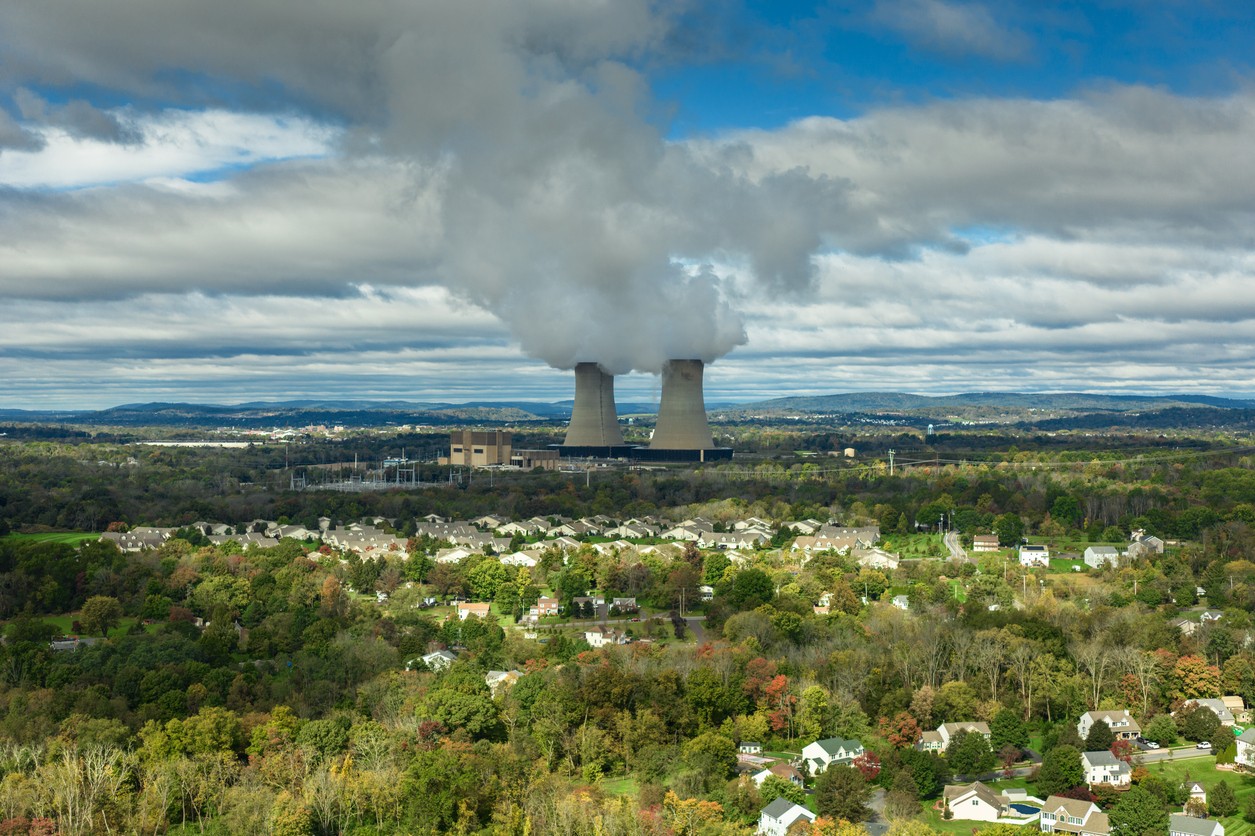
WVXU: Supreme Court temporarily blocks key air pollution regulations
Last week’s US Supreme Court decision, which temporarily blocked key air pollution regulations established by the Environmental Protection Agency (EPA), was just one in a line of recent rulings over the past two years significantly impacting the EPA’s authority to limit pollution in air and water. In last Thursday’s decision, the court ruled that the emissions-reductions standards set by the plan were likely to cause “irreparable harm” to almost half the states unless the court halted the rule pending further review by the U.S. Court of Appeals for the District of Columbia.
Cincinnati Law’s Professor Brad Mank spoke with WVXU about the impact of the most recent decision, stating that “The Ohio v. EPA decision will continue to worsen air quality, especially on the East Coast.
“In the short-term, this is a decision environmentalists won't like,” Mank said. “It's not good for the environment and it does show a kind of general trend that the current Supreme Court doesn't really like to give deference to agencies.”
About The Good Neighbor Plan
The EPA established the Good Neighbor Plan to ensure compliance with the 2015 Ozone National Ambient Air Quality Standards law. To carry out the law’s mandate, the EPA required “upwind” states to reduce air pollution affecting “downwind” states. Under the Good Neighbor rule, states are first given the chance to create a plan that complies with agency’s ozone guidelines. If a state fails to submit an adequate plan, the EPA then designs a compliance plan for the state. In February 2023, the EPA determined that 23 states had not provided sufficient plans and the agency then decided to implement its own emissions-control program for those states.
Ohio, along with several other states, large industrial companies, and trade associations, challenged the EPA plan in court. They contended that the agency’s “dictatorial approach” failed to adequately consider the legal and practical implications of substituting its own plan for the state plans. The opponents also argued that the plan’s implementation would cause significant economic and operational harm, particularly by forcing states to undertake costly modifications to their power plants while judicial review is pending in the U.S. Court of Appeals for the District of Columbia.
Read more about the decision, its impact, and Professor Mank’s commentary in the story “Supreme Court temporarily blocks key air pollution regulations".
Lead photo: istockphoto.com
Related Stories
Oscar Robertson receives Arthur Ashe Award for Courage
July 18, 2025
University of Cincinnati basketball legend Oscar Robertson was honored with the Arthur Ashe Award for Courage at the 2025 ESPYS July 16, recognizing his fight to establish free agency in the NBA.
Nurses face violence on the job
July 17, 2025
Gordon L. Gillespie, PhD, DNP, adjunct professor at the University of Cincinnati College of Nursing, and chief program officer for the National League for Nursing, spoke with Medscape for a story about violence against nurses in the workplace.
UC lab using $2.6M grant to study type of heart disease linked to diabetes
July 17, 2025
A University of Cincinnati College of Medicine researcher has been awarded a $2.6 million federal grant to study a potentially deadly form of heart disease that affects people with diabetes called diabetic cardiomyopathy.
Two local families host special blood drives
July 17, 2025
Two Tristate families are turning personal journeys into community impact by hosting specialty blood drives in honor of their children this July.
Cleveland agrees to pay $7.9M to estate of wrongfully convicted Ohioan
July 16, 2025
City officials in Cleveland have agreed to pay $7.9 million to settle a lawsuit filed by the estate of Isaiah Andrews, an exoneree of the Ohio Innocence Project at UC Law. Andrews, a man who served one of the longest prison sentences in history, gained his freedom in 2020 thanks to OIP's work.
New drug could treat muscle spasticity in MS by boosting the body’s own processes
July 16, 2025
The University of Cincinnati Gardner Neuroscience Institute is a trial site for a new clinical trial testing an oral drug to enhance naturally occurring molecules in the body that help muscles relax as a treatment for spasticity in patients with MS.
Engineering graduate drafted by San Diego Padres
July 16, 2025
The Cincinnati Enquirer highlighted University of Cincinnati engineering graduate Kerrington Cross's journey to the major leagues. Waiting alongside hundreds of other baseball hopefuls, Kerrington Cross heard his name called on July 14. With the 220th overall pick in the Major League Baseball Draft, Cross is headed to the San Diego Padres.
UC graduate earns Fulbright to teach, bridge cultures in rural Taiwan
July 15, 2025
Starting in August, University of Cincinnati graduate Perry Li will serve as a Fulbright English Teaching Assistant in Taiwan. He will work with students while acting as a cultural ambassador for the United States.
Study finds pregnancy risks higher with ART in kidney transplant recipients
July 14, 2025
The odds of complications during pregnancy may be increased among women with kidney transplants conceiving through assisted reproductive technology (ART), according to a recent study led by the University of Cincinnati's Silvi Shah, MD, and published in Transplantation.
Just 30 minutes a day of ‘Japanese walking’ may help you get in shape
July 14, 2025
The University of Cincinnati's Barbara Walker, PhD, was featured in a Washington Post article discussing interval walking training, or "Japanese walking," after the the technique has recently gone viral on TikTok.
